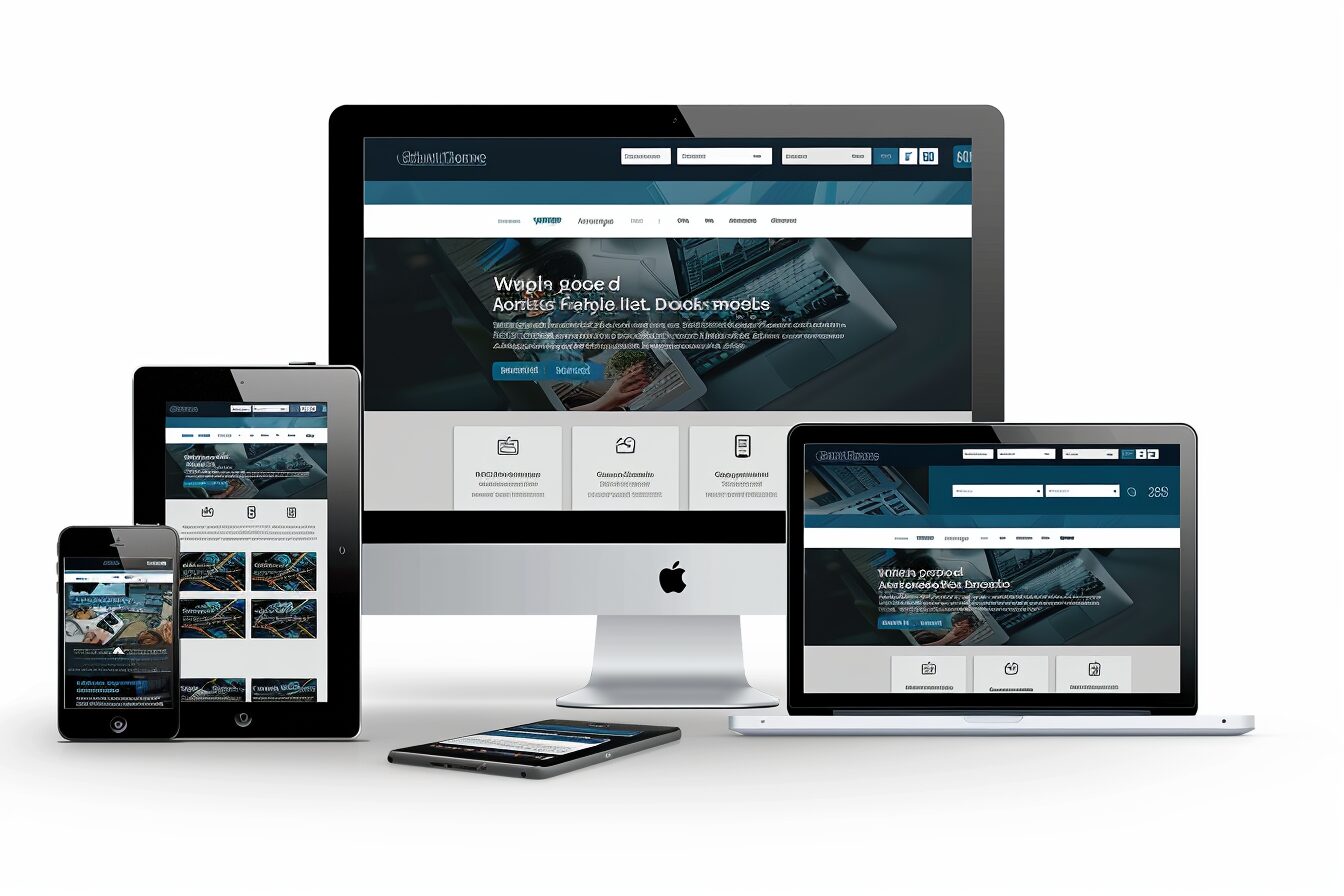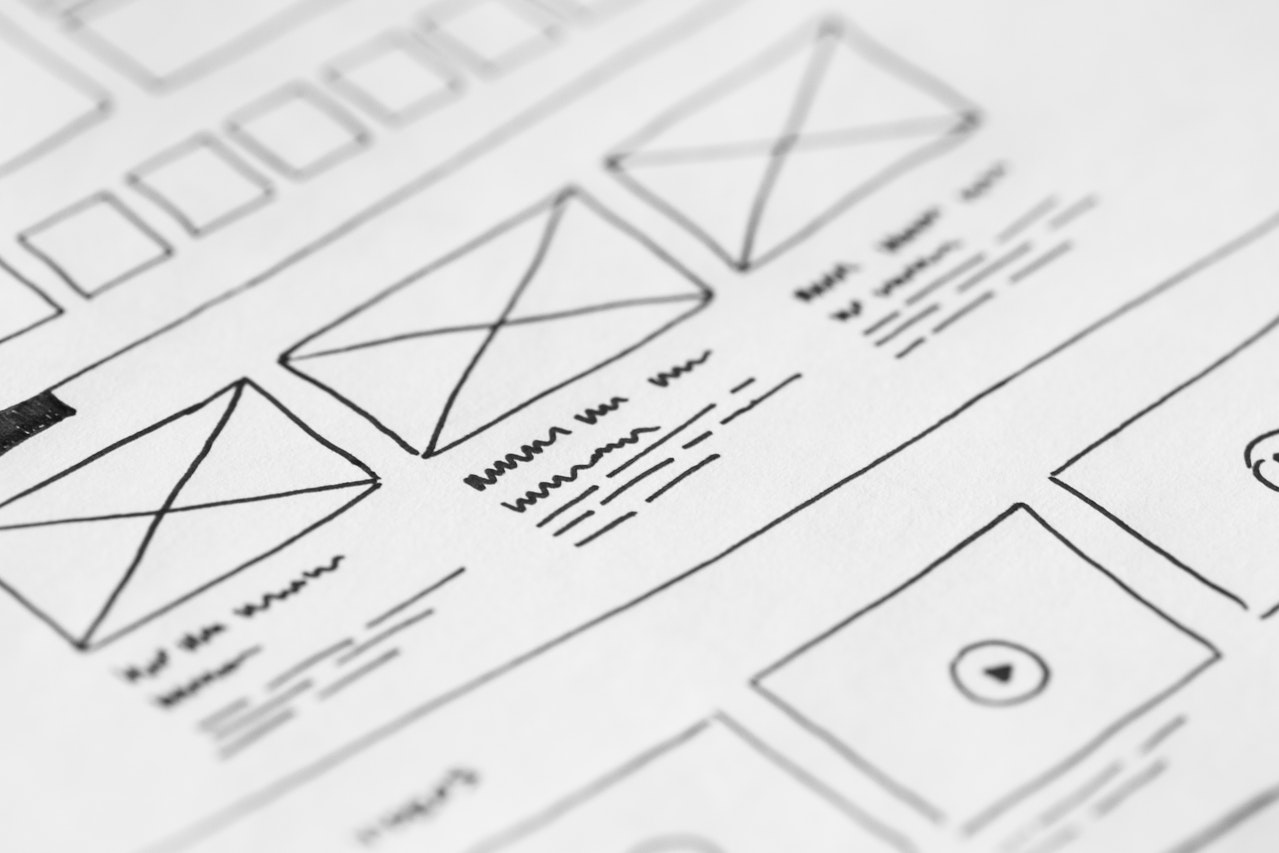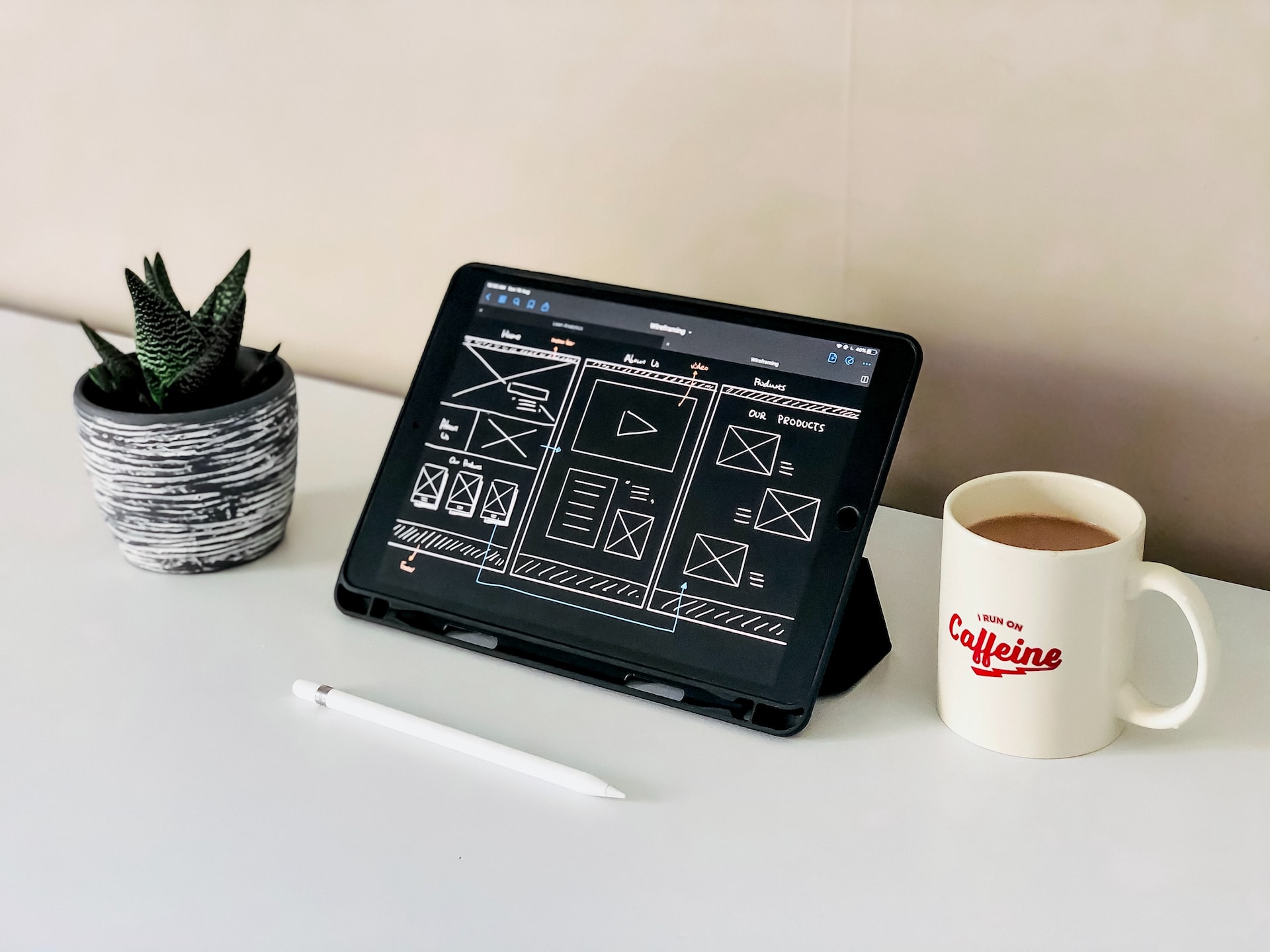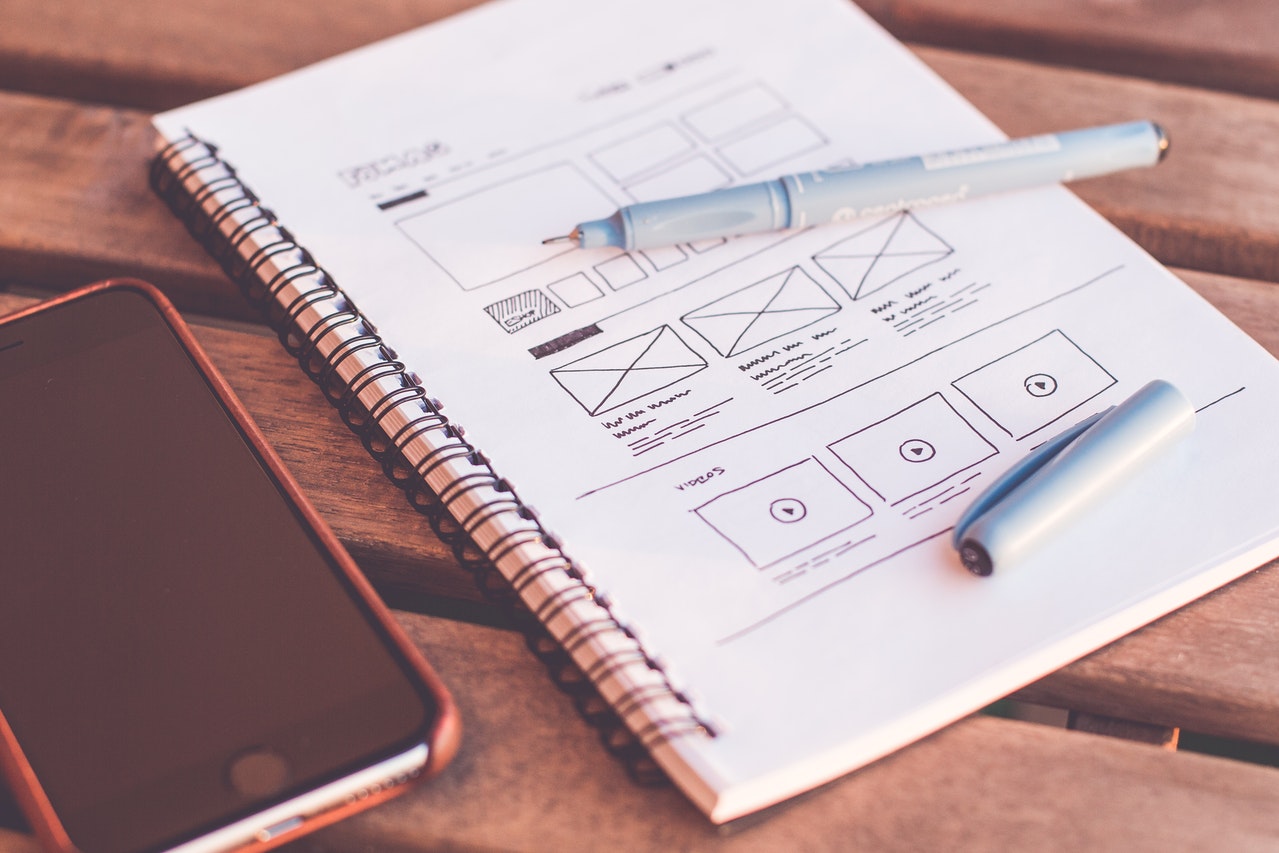Your web design is critical to your brand and bottom line as a small business. A well-designed website can help you attract new customers, build trust and credibility, and boost sales. Conversely, a poorly designed website can turn away potential customers and hurt your business.
Professional web design is one of the best investments you can make for your business. A good web design will pay for itself many times over by helping you build a solid online presence and boosting your bottom line.
Don’t underestimate the power of good web design. It’s essential to the success of your small business. Many small businesses need to realise that their site’s design plays a more prominent role than they would have initially anticipated. It can go a long way in establishing your business online. This also helps provide you with a brand identity that can help with customer loyalty and trust. Here are some points that any business needs to know about web design and what it can do for their business.
What is Web Design?
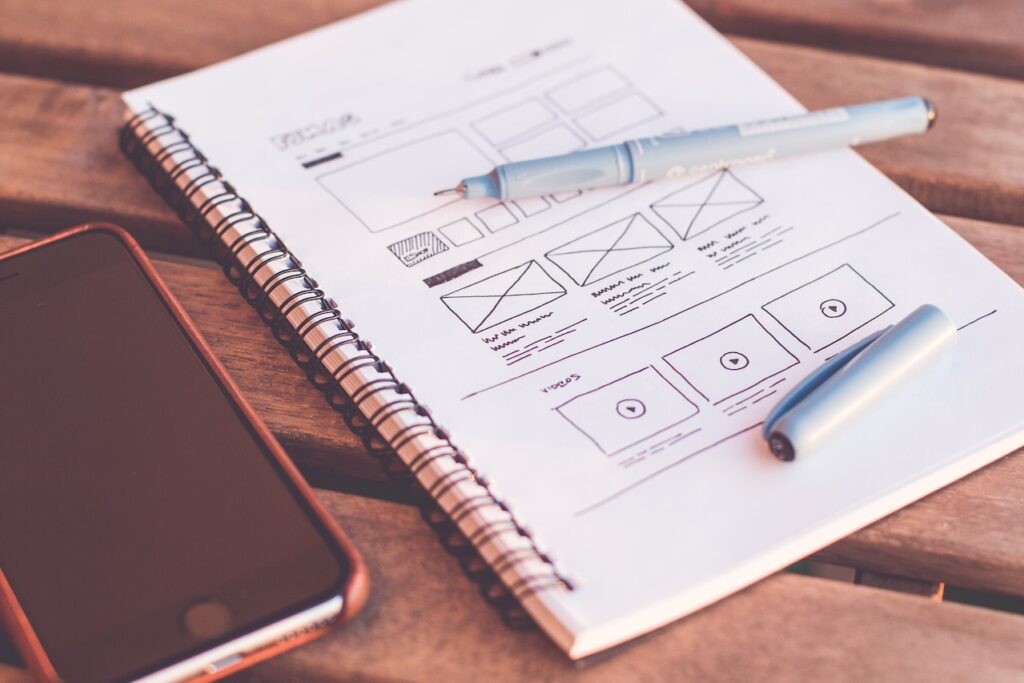
The term “web design” refers to the process of designing the web’s user interface and user experience. The work of creating the website involves the creation of standards for the software and user interface and the development of standardised codes.
In addition to graphic design, web design encompasses many disciplines, including search engine optimisation and user experience. More specifically, web design can be defined as creating and implementing a website.
Why is Web Design important to Your Business?
Web design helps establish a brand.
If your website’s design differs from your competitors, you’ll need help establishing brand recognition. A well-designed website will also be easier to navigate and will last longer than a subpar one. It will attract more visitors, capture more leads, and outrank your competition. It will keep visitors on your site, increasing sales and revenue. This means more profits for you.
A good web design will also help build trust and credibility.
Your website is often the first interaction a potential customer has with your business. Creating a professional, trustworthy website is essential to building customer relationships. If you want customers to believe in your brand, you need to give them a reason. A well-designed website helps you do just that by establishing your credibility and expertise.
It can also help boost sales.
According to a study by Adobe, 38% of people will stop engaging with a website if the content/layout is unattractive. If your website’s design is unappealing, you could lose out on potential customers and sales. A professionally designed website can help increase conversion rates and boost sales.
Web design is critical to your small business’s overall marketing strategy. It helps you build a solid online presence, establish your brand, and boost sales. Professional web design is one of the best investments you can make for your business.
Top Three Things to Keep in Mind
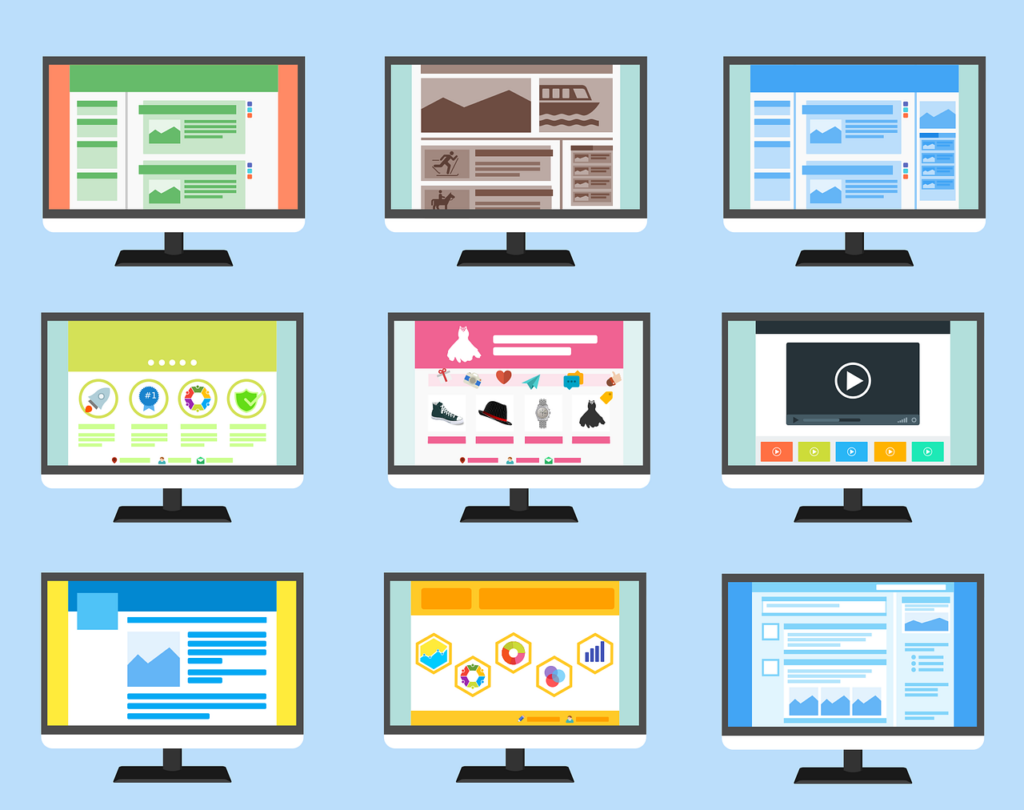
The field of web design encompasses a variety of skills and disciplines, including user interface design, user experience design, standardised code, web graphics and search engine optimisation. There is no single “right” way to create a website, as it is a highly diverse field with many facets and sub-areas.
Here are the top three things to remember when putting your site’s design together. Many methods, disciplines, and tools are available to help you, but a professional web designer can do so much more for your website than DIYing it ever will.
Speed:
A website with the right pace is more likely to convert visitors into consumers. Whether the visitor clicks on a dropdown menu or hovers over a sidebar menu, a site with a slow loading time will likely cause a jump in your site’s bounce rate.
The goal of professional web design is to ensure that your visitors can quickly and easily get the information they are looking for quickly and easily. A website that takes more than three seconds to load is unlikely to convert visitors.
User Experience Design:
One of the most important things to consider when designing a website is the user’s needs. A website that is easy to use will encourage repeat visits and encourage users to stick around for future purchases.
In other words, web design aims to delight your users and make their life easier. Making it easy to navigate will make your website more successful and attract repeat customers. Learn how to use social media, digital marketing, and user research to make your site as easy to handle as possible.
Content Design:
The design of your website is crucial to the success of your business. The most important thing to consider is your brand’s identity. A website should be designed to represent your brand and communicate your message to your audience.
A well-designed website will make visitors feel comfortable and increase sales. So when it comes to web design, ensure it reflects your brand. Then, you can begin implementing your new design strategy.
Tips for a Successful Web Design
Creating a website is a complex task with several elements to consider. First, of course, you need to make sure that your website is visually pleasing, but you also need to make sure that it is functional and helps your visitors find what they’re looking for. Aside from attracting visitors’ eyes, a well-designed website also has to have an emotional impact. The following ten tips in web design can help you achieve this.
Don’t overload your home screen with elements that don’t serve the purpose.
Try keeping the essentials in a corner. Having a large block of text on your home screen can be intimidating. Instead, keep the text to a size of 16pt or more extensive.
The font you choose should also be easily readable.
Sans-serif fonts are generally considered easier to read on screens. Remember that your font choice should also extend to the colours you pick. Your font should be easy to read, so you have to avoid light font colours on a light-coloured background, making it very difficult for users to read and interpret your site’s content.
Make sure your CTA is visible
Your website’s call-to-action (CTA) is one of the most essential elements of the design. The CTA is what you want your visitors to do when they land on your website, so it needs to be visible and easy to find. The best placement for a CTA is above the fold so visitors can see it as soon as they land on your site.
Use whitespace effectively
Whitespace, or negative space, is the empty area around your content. It may seem counterintuitive, but using more whitespace can make your website more visually appealing and easier to read.
Stick to a grid
When it comes to web design, using a grid can help you create a structure that is both easy to follow and visually pleasing. Grids are especially helpful when creating multiple columns of content, as they can help you align everything evenly.
Use images sparingly
Images are essential to any website, but these should be used sparingly. Overusing images can make your site seem cluttered and unprofessional. When using photos, make sure they are high-quality and relevant to the content on your site.
Choose the right colour scheme
Your website’s colour scheme should align with your brand’s identity. You want to choose a colour scheme that is eye-catching and easy on the eyes. Many online resources can help you choose the right colours for your website if you need help figuring out where to start. Remember that your colour palette should be kept to two or three complimentary colours maximum to avoid visual overload.
Make sure your site is responsive
Responsive design is vital because it ensures that your website will look good on all devices, from desktop computers to mobile phones. With more and more people using mobile devices to access the internet, your site must be designed to be responsive.
Test your design
Before you launch your website, you must test your design to ensure everything is working. This includes testing your site’s links and checking how your site looks on different devices.
Get feedback from others
Once you’ve launched your website, getting feedback from other people is a good idea. This can help you identify any areas that need improvement. You can get feedback from friends, family, and even strangers by posting your site on forums or social media.
By following these tips, you can create a well-designed website that is visually appealing and functional. A well-designed website will help you attract more visitors and convert them into customers. If you need help figuring out where to start, many web design companies can help you create a professional website for your business.






